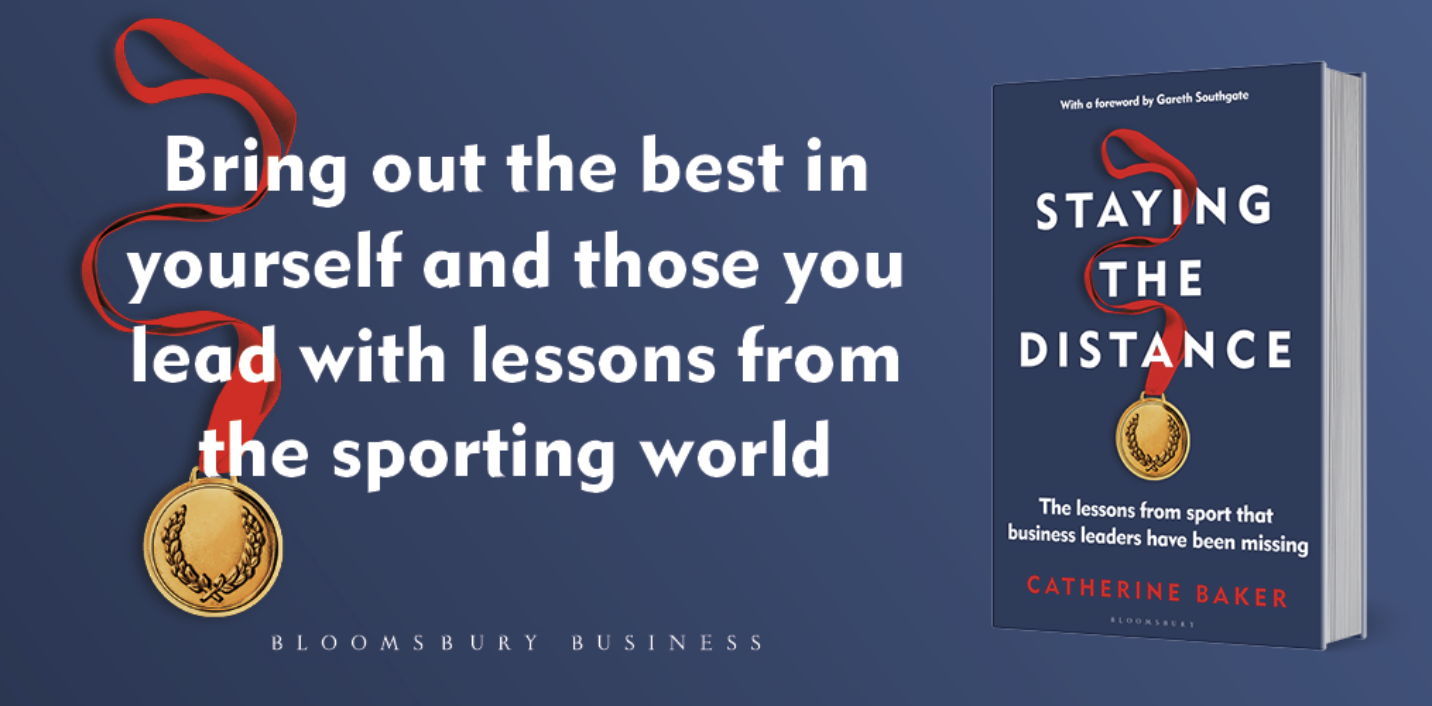Since Atlanta in 1996, it is fair to say women’s football has gone from strength to strength. With the 2016 Rio Olympics, the sporting highlight of the year, we look at how far women’s football has changed from its initial tournament two decades ago.
The Atlanta Games in 1996 had no qualifying stipulations and more importantly, no teams from Africa or Oceania competing. The top 8 teams at the time (excluding Britain – as no British team existed due to a separation of countries into England, Scotland, Wales and N. Ireland as is the norm for the national football teams ) of USA, China, Japan, Norway, Brazil, Denmark, Germany and Sweden were automatically entered. Whilst many of these teams will also feature in this year’s competition, the new qualification now ensures that all teams from all 6 continents will be represented.
Some of the quickest to qualify were Zimbabwe and South Africa, as twelve teams will battle it out for the medals this summer. In a recent interview with the FCN, South Africa coach Vera Pauw said “We need the experience at the top level to grow and be significant and not just be a team that takes part”.
Certainly without the opportunity for up and coming nations to undertake such prominence on a large stage, there would be little challenge to those who have remained at the top for so long. The Canada World Cup showed this perfectly, with nations such as the Ivory Coast leading the way in surprising some of their opponents.
New Zealand are the most recent to qualify, meaning women’s football is now creating a wider scope in a variety of different countries who in turn will be gaining more exposure than the Olympics provides to international teams.
Records of course, are still being broken everywhere. Atlanta started this trend with a crowd of 76,489 to watch the Olympic Final between the hosts and China. Of course this was broken by the 90,000 at the 1999 World Cup but the numbers just keep growing and growing. In recent time, it is not just the crowd, but the television audience with the London Olympics providing an audience of 4.3 million who watched the final between Japan and the USA. People are now not just watching it as a new sport, but it is becoming a worldwide spectacle and one which people are now taking interest in, rather than just stumbling across. There is still a long way to go with media coverage, but the firm foundations laid by the Olympics and other major tournaments is making sure that there is a growing worldwide platform for players and coaches to demonstrate their skills.
However, as far as coaching is concerned there are still some shocking truths. Only 11% of female coaches were at the Olympics as a whole in 2012. Since the Atlanta Games had started, the 8 inaugural teams have only given 21% of managerial appointments to females in the last twenty years. Granted, this needs to be taken with a pinch of salt, as many of the women who managed, have been longstanding coaches such as Silvia Neid and Pia Sundhage. But whilst breaking records and bigger audiences are all important in providing a footing for females within the game, there is still a long way to go before female coaches are a more permanent fixture within women’s football and the Olympics as a whole.
One of the most pleasing signs of this heading in the right direction is the professional leagues which are growing exponentially. For me in my home country of England, the English Women’s Super League is the obvious pathway which has grown after the 2012 home Games. It is not just the fact that this is better for the players, but the more players that play at the highest level, the more availability there is for coaches to be at the highest level. There are more players to gain the insight into how a top side works, with coaching a common pathway after retirement.
Some things do not change, especially with who are the likely favourites, with the USA being the ones to beat. A fifth gold medal and the prospect of this being their fourth on the bounce, there is never any doubt they want to keep up their Olympic dominance. There is of course no Mia Hamm or Michelle Ackers, but with Carli Lloyd receiving the Ballon D’or only a few weeks ago, and scoring a hat-trick in their latest 5-0 win over Ireland, they are coming into the competition the strong favourites. Brazil on home soil, and Germany will look to stop the domination of this footballing superpower.
With seven teams still left to qualify, women’s football at the Olympics has not taken its full form just yet. Nevertheless, what can be discerned from this generalised overview of the competition, is that the sport will keep striving and surprising. It is not at its pinnacle just yet, and the Olympics keeps providing a springboard for so many different areas of the game. The shocking statistic from earlier highlights female coaches are still not the centre of coaching at these major tournaments, but with constant developments and improvements, the Olympics could soon feature women’s football as one of the sports in which female coaching dominates.


















